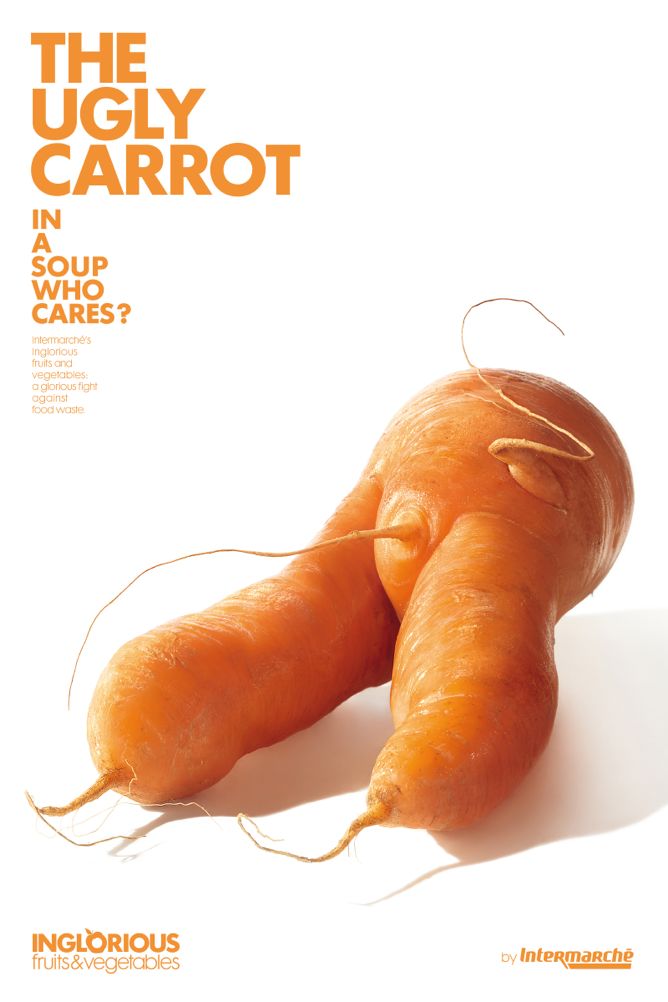 When Marcia Flicker, Ph.D., an associate professor of marketing at the Gabelli School of Business, heard that some hotel chains were denying customers refunds in the first weeks of the COVID-19 outbreak and that some cruise lines had simply gone radio silent, she was disappointed, but not surprised.
When Marcia Flicker, Ph.D., an associate professor of marketing at the Gabelli School of Business, heard that some hotel chains were denying customers refunds in the first weeks of the COVID-19 outbreak and that some cruise lines had simply gone radio silent, she was disappointed, but not surprised.
The way companies deal with consumers in times like these is a form of marketing, Flicker said, and a critical one at that.
“Marketing should be the function that attracts future cash flow, and if you burn your customers now, when they’re feeling so vulnerable already, it’s going to be very hard to get them back,” she said.
“We believe marketing should be a force for good, and should be creating value for potential customers as well as the firm, with a long-term perspective on society at large.”
Flicker, the communication strategist for the Gabelli School of Business’ Center for Positive Marketing, said that certain industries, such as the travel industry, are more sensitive to price variations and customers might be willing in the future to patronize these companies even if they felt wronged by them now. But the center’s quantitative research into consumer’s attitudes shows that a crisis is exactly the time when companies would do best to be upfront and treat customers well.
“The current situation has been likened to the Great Recession, which is when we started doing our annual research on how marketing contributes to consumer well-being. At that time, we found that the needs that consumers felt were most important to them were protection and security, and financial services ranked high because they relied on them to give them credit and help them manage their family own cash flow until the economy recovered,” she said.
While it was understandable that many companies took some time before they were able figure out how to move forward, and did not want to prematurely make announcements, Flicker said the best reactions were the ones that acknowledged the uncertainty.
“A good thing is to at least say to your customers, ‘We’re working on this,’ not go into radio silence,” she said.
Small examples of good practice during this pandemic abound, she said, from a high-end steak restaurant near her Manhattan apartment that quickly embraced delivery after shunning it for years, to Fresh Direct’s decision to cease [taking back]its delivery bags from customers, lest it endanger its employees.
Despite the uncertainty surrounding nearly all businesses right now, they should still show a good faith effort to do right by their customers.
“With global marketing, the supply chains are getting a little bit more normal now that China seems to have conquered the beast, but at the local end, we’ve got store closing and disruptions. So nobody knows what the new normal will be,” she said.
“The concepts are still going to be the same though. If people see you’re trying your best and it’s not all about ‘What can I get out of it,’ you’ll win some hearts and minds.”
]]>On April 1, the fifth annual Conference for Positive Marketing drew scholars and practitioners to the Lincoln Center campus to strategize on how to tap into consumer motivation for the sake of empowering and energizing these markets to create the greatest good for the world.
“Marketing strategies look at how we can influence consumers to take a certain action or change their behavior in some way,” said conference presenter Eve Rapp, PhD, an associate professor of business at Salem College.
“This conference is a forum to talk about how we can use our roles as marketers to look at societal problems and to make a positive difference.”
Rapp and her colleagues—Jaya Rapp, senior analyst of market research at Amway Corporation, and Ben Applebaum, executive creative director at Colangelo marketing agency—offered an interactive example of positive marketing through their presentation, “Using A Human-Centered Design Process to Tackle the Societal Problem of Food Waste.”
What is a human-centered design?
EVE RAPP: Human-centered design is similar to qualitative research [as opposed to quantitative research]insofar as it’s about gathering insights from the consumers themselves. It comes down to sitting with consumers, talking with them, and finding out how and why they act they way they do, or shop the way they do. For instance, [in the case of food waste,]what do you know about the issue? What would it take for you do change the way you purchase or store food?

How do marketers create behavior change in consumers around wasting food?
ER: The EPA and the USDA have called for the food industry to cut waste by 50 percent by 2030. To do this, we need to work with food manufacturers, growers, grocery stores, and other stakeholders. But all of these stakeholders are driven by consumer behavior. So, any real change has to also involve the consumer. Our session explores what we can do to make people aware of the problem of food waste, figure out what motivates their shopping choices, and then use that incentivize them to change their behavior.
Can you give an example?
ER: One of the most successful strategies in terms of battling food waste was by the French supermarket Intermarché, which ran a campaign called “Inglorious Fruits and Vegetables” to help sell the disfigured fruits and vegetables that usually get thrown away. They put a humorous spin on “ugly” fruits by talking about the “disfigured eggplant,” the “grotesque apple,” and the “failed lemon,” and in doing so let people know that these fruits and vegetables are just as good as ones that look prettier. In addition, they sold these “ugly” fruits and vegetables at a 30 percent discount. It turned out to be a very successful campaign.
How do you approach this issue?
ER: In the first part of our talk, we set the stage about food waste and why we need to care about it. Second, we’ll do a group activity to demonstrate the process of human-centered design. Finally, we talk about how to put these ideas into a marketing platform to create messages that will start changing behavior. So, [it is]a bit of an inventive approach to show the audience—as participants and as consumers—how this process would work for a larger societal problem like this.
The conference was sponsored by the Center for Positive Marketing at Fordham. Visit the conference website for more information.
]]>The Fordham Schools of Business’ Center for Positive Marketing is looking for submissions for its second annual conference for positive marketing, which will be held November 1-2 at the Lincoln Center campus.
If you see marketing as an agent for positive influence in society and not simply a facilitator of the exchange of goods and services, and can demonstrate it in a paper that incorporates interdisciplinary research, your work could be considered for the “Best Positive Marketing Paper” award.
The award carries a $1,000 cash prize and acceptance for publication in the Journal of Business Research.
The deadline for extended abstracts (1,000 words or less, not including references) of the papers is Monday, July 2, with decisions to follow by August 6. The deadline for full papers (following the acceptance of extended abstracts) is October 1.
Proposals can be submitted by creating an account at: http://fordham.bepress.com/cpm/ and submitting it through the “Author Corner” section at the bottom right.
For questions about the conference, contact Linda Purcell at [email protected].
For more information about the Center for Positive Marketing, please visit www.CenterforPositiveMarketing.org.
—Patrick Verel